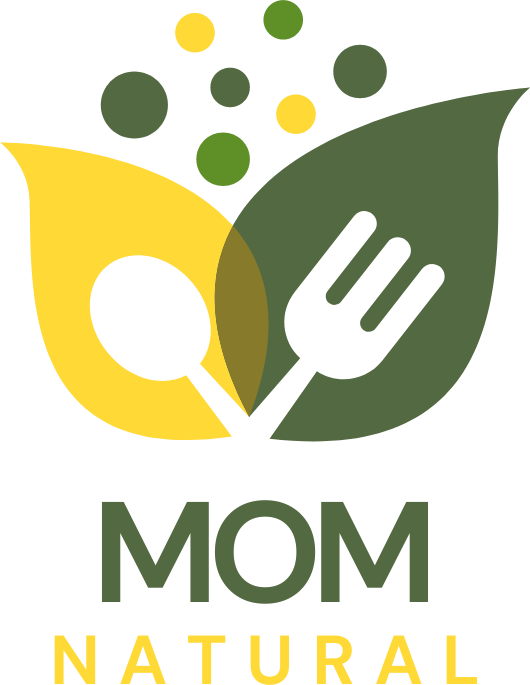Understanding the Importance of Fostering Empathy
In our quest to raise our children with a core set of values that will guide them through life, teaching them to be empathetic is of utmost importance. Empathy is the ability to understand and share the feelings of others—a fundamental social skill instrumental in forming positive behavior.
Inspired by the emotional development experts at Mental Health Center for Kids, we undertook a mission to instill empathy in our toddler. Our journey primarily involved conducting empathy activities, which we are eager to share with fellow parents. So come along as we explore the daily practices that helped shape our little one’s empathetic nature.
Nurturing Empathy through Daily Interactions
Just as we encourage physical exercises for our children’s healthy growth, we also need to encourage emotional exercises to cultivate their emotional intelligence. For our toddler, we started with simple daily interactions:
- We modeled empathy: Children learn by emulation. We made sure to display empathetic behavior in our day-to-day living, such as showing kindness to others or expressing concern when someone is hurt.
- We talked about feelings: Frequently, we would ask our toddler how she feels. We also talked about our feelings, helping her understand that it is normal to experience different emotions.
- We read empathy-based stories: Stories were a great medium for teaching empathy. Books that portray characters experiencing various feelings helped our child understand those emotions better.
Implementing Empathy Activities
Alongside daily interactions, we incorporated simple yet powerful empathy activities derived from Child’s Play in Action and Splash Learn. Here are our top picks:
- Role Play: Role-playing exercises provided our toddler with the opportunity to ‘walk in another person’s shoes.’ These exercises often involved situations that she could relate to, such as a friend having a hard time sharing toys.
- Emotion Sorting: For this activity, we used images of different facial expressions and asked our toddler to sort them based on the emotions they represent. This activity improved her ability to recognize and understand feelings.
- Kindness Jar: We introduced a ‘kindness jar’ wherein each act of kindness from our toddler was rewarded with a small token placed in the jar. This activity not only encouraged positive behavior but also taught her that empathy often leads to kindness.
Addressing Challenging Behaviors
While fostering empathy worked wonders in cultivating positive behavior, we occasionally encountered challenging behavior. In such situations, our priority was to handle the situation with compassion and understanding. Our approach was inspired by the valuable insights found on Preventing Bullying. We also made sure to weave in experiences and teachings from our breastfeeding schedule transition and our balanced screen time schedule practices.
In conclusion, fostering empathy in our toddler was a journey of teaching, learning, and growth for both us and our little one. While every child is unique and what worked for us might not work for everyone, we hope that sharing our experiences will inspire and provide a starting point for other parents on the same journey.
The Role of Storytelling in Teaching Empathy
We firmly believe in the power of storytelling as a tool for fostering empathy. We used stories, especially those highlighting emotions and feelings, to communicate the impact of our actions on others. Some stories allowed us to incorporate real-life events or experiences which our toddler could relate to. Stories not only expanded her understanding of emotions but also helped her express her feelings better.
One method we found particularly effective was following up a story with questions about the characters’ emotions and perspectives. This made our toddler pause and reflect on how the characters felt and why. We highly recommend this approach when reading empathy-based stories with your children.
Understanding the Connection between Empathy and Kindness
Empathy and kindness are closely intertwined. By understanding the feelings of others, our toddler was more inclined to act with kindness and consideration. An excellent resource we used to reinforce this link is a collection of kindness activities and empathy worksheets from Positive Psychology.
Through different activities like creating empathy art and kindness cookies, our toddler began to witness the power of her actions. The more she engaged in these activities, the more she understood that small acts of kindness can have a big impact.
Supporting Empathy Development through Resources and Tools
In our quest to foster empathy in our toddler, we found several resources immensely valuable. The strategies offered by Big Life Journal were particularly insightful. Their practice of recommending weekly challenges, such as looking out for instances of kindness in daily life, was a method we also adopted. Other platforms, like Parenting Now, offered personal stories and practical advice which proved beneficial.
Creating an Empathy-Friendly Environment
Fostering empathy is not just about individual activities but also about creating an environment that encourages empathy. We tried to cultivate an empathy-friendly home by consistently valuing and discussing empathy. Family meetings where we acknowledged acts of empathy, playtimes where we highlighted co-operation and sharing, and dinnertimes where we talked about our day’s emotional highs and lows, all played a significant role.
Consistency is Key
Perhaps the most crucial learning for us has been that instilling empathy requires consistent effort, guidance, and patience. While it’s wonderful to celebrate those moments when our toddler exhibited empathy, we realized it’s essential to maintain the momentum with regular conversation, continuous teaching, and ongoing empathy-based activities.
All said and done, our journey to foster empathy is far from over; it’s a lifelong process. But witnessing the seeds of empathy sprouting in our toddler’s interactions and behaviors brings us immense joy and reassures us that we are on the right path.

